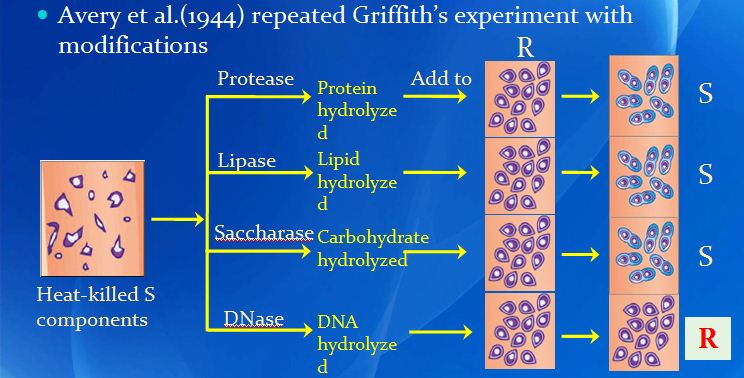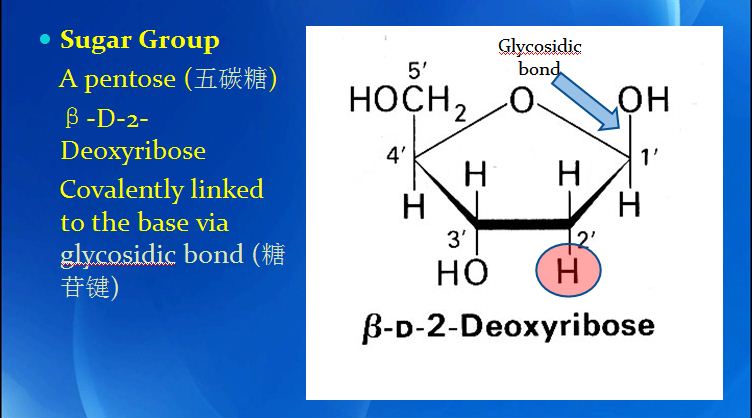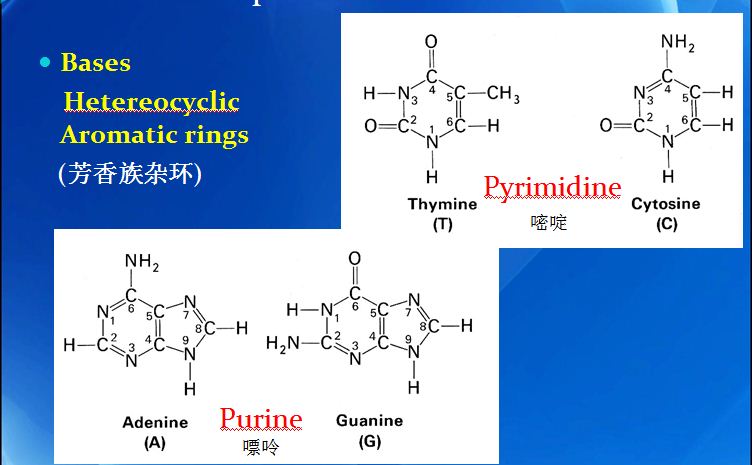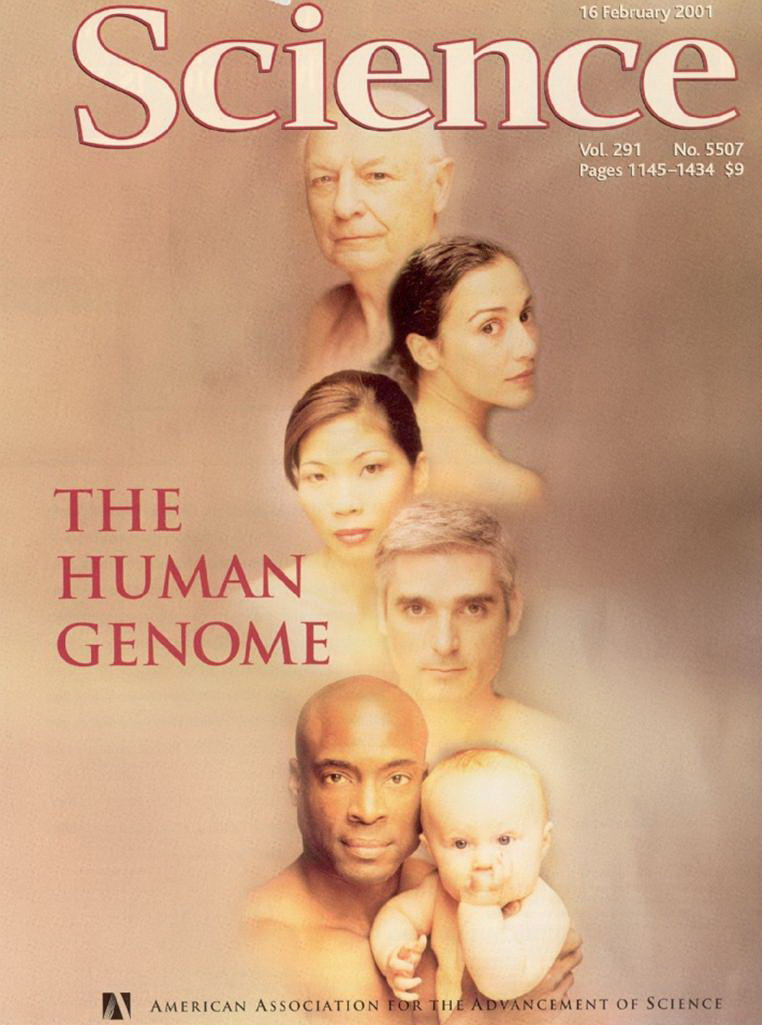Of course the blueprint of life is DNA.
DNA is important because it is the genetic material ←contain all the info for the synthesis and functioning of a living form duplicate and passes through to the next generation.
Hearing this Annie questioned herself: DNA is not the genetic for ALL viruses. RNA “blueprints” for the rest of the viruses. Virus, though not even having a cell structure, is a form of life. So why not be fair, and say the blueprint of life are DNA and RNA?
Professor Dong continued,
Proofs:
- Bacterial Transformation Experiment
—Griffith, 1928
Professor: So what is the transforming principle?
Annie: It could be a cool type of enzyme that moved the toxic part of S strain onto R strain…
Professor: Well, Enzyme did help a lot in the experiment we’ll talk about later, but it is not the hero of the story.
Annie: So what’s the story?
Professor:
—Avery et al., 1944

Only DNA is responsible for the transformation.
Annie thought: Well, there still existed possibilities that DNA and some other things that were not sugar, lipid or protein cooperated to complete the transformation… The “other things” also contributed to the transformation but could not complete it without DNA? In this case DNA is not the only one that is responsible,
- T2 Bacteriophage Infection (Blender Experiment)
—Hershey &Chase, 1952
Experiment 1
Experiment 2
Radioactive labeling of proteins and DNA
The professor continued. So now let’s go deeper and see the chemical composition of DNA.
A 5-carbon sugar , hand in hand with base group and phosphorous group, thought Annie.
It’s not that simple as you learned in high school, said the professor. We need to know the chemical composition of the base group, deoxyribon and phosphorous group as well.

Professor:

Annie thought: Pyrimid-ine, Could it have anything to do with the Pyramid in Egypt?
The professor was explaining the structure and Annie didn’t interrupt him with her question.
After class, Annie searched the Internet for an answer, and this is what she found.
The professor continued.
Bonds
P group——phosphester bond–—Sugar—–glycosidic bond—–B group
